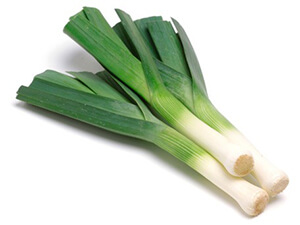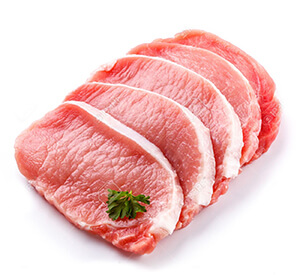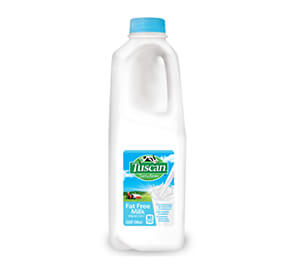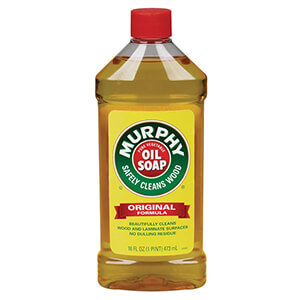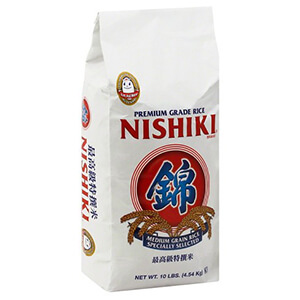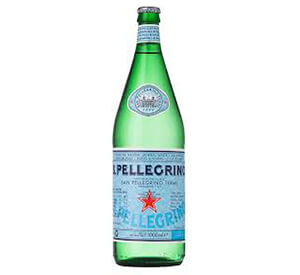Seasonality in the hospitality industry can bring forth both challenges and opportunities. Managing a restaurant, bar, or hotel effectively throughout the year requires a strategic approach to everything between staffing, menu planning, promotions and various revenue streams. Here are some ways to better navigate these seasonal changes to optimize performance and maximize profits.

1. Adjusting Staff & Hours
Seasonal fluctuations often lead to varying customer volumes, necessitating adjustments in staffing levels and operating hours. For instance, a beachfront restaurant may experience a surge in patrons during the summer months but see a significant drop in winter. To manage this, consider implementing flexible staffing models. During peak seasons, you might need to increase staff hours or hire temporary seasonal workers. Conversely, during slower periods, reducing hours or transitioning to a smaller staff can help control labor costs.
For bars, similar principles apply. Happy hour promotions or themed nights can be adjusted based on the season trends, ensuring that staff levels align with customer demand. For hotels, seasonality impacts not only occupancy rates but also guest preferences. Adjusting the number of front desk clerks, housekeeping staff, and even concierge services can ensure seamless operations all year round.
2. Buying Foods in Season & Crafting Seasonal Menus
One of the most effective ways to capitalize on seasonal trends is through menu planning. Seasonal ingredients often come at a lower cost and offer better flavor and quality. For example, sourcing fresh berries in or hearty root vegetables in winter can enhance your menu while optimizing food costs. Negotiating with supplies for better rates on in-season produce can also help manage your businesses’ expenses.
Seasonal menus not only appeal to customers but also encourage creative culinary expression with ever-changing seasonal menu changes. A restaurant can offer a fall menu featuring specialty dishes like butternut squash soup or a summer menu with fresh seafood and vibrant salads. Bars can introduce seasonal cocktails using ingredients like peppermint, aligning their offerings with customer expectations while showcasing seasonal appeal.
3. Promotions & Marketing
Promotions tailored to seasonal trends can drive traffic and boost revenue. For restaurants and bars, this might mean launching special events or discounts during slower periods. For instance, a winter promotion could include a “cozy night in” special featuring comfort foods and hot drinks. During the summer, consider outdoor events or happy hour specials to attract patrons looking to enjoy the season outside.
Hotels can leverage seasonality by offering packages that cater to seasonal activities, such as ski passes in winter or beach gear rentals in summer, if your hotel is in proximity to the coast. Additionally, themed events or holiday-specific promotions can draw guests looking for a unique experience. Tailoring your marketing efforts to the season ensures that your promotions resonate with your target audience and drive bookings or foot traffic.
4. Diversifying Revenue Streams
Exploring additional revenue streams can help buffer against seasonal fluctuations. For restaurants and bars, this might involve expanding into catering services or offering takeout and delivery options. Seasonal events, such as holiday catering or summer BBQs, can generate additional income and attract new customers.
Hotels can diversify by offering services like event hosting, conference facilities, or partnering with local attractions for joint promotions. Creating branded merchandise, such as signature sauces or hotel-themed souvenirs, can also provide a steady revenue stream year-round.
5. Negotiating with Suppliers
Effective supplier management is crucial for optimizing costs and ensuring product availability. For instance, negotiating with suppliers for better rates on seasonal produce can significantly impact your food costs. By establishing strong relationships with suppliers and planning purchases around seasonal availability, you can secure better deals and ensure a consistent supply of high-quality ingredients.
To successfully navigate seasonality in the hospitality industry remember it is imperative to make strategic adjustments in staffing, menu planning, promotions, and revenue streams. By leveraging seasonal trends and effectively managing supplier relationships, restaurants, bars, and hotels can enhance their profitability and ensure a positive experience for their customers year-round.
To gain additional perspectives on managing your business in the hospitality industry check out The Profitable Table podcast with returning guest, @MattPlapp, a restaurant marketing expert always offering his inside tips and trends. If you’re thinking of opening or purchasing a restaurant, or even reviving your existing restaurant, this new episode is for you. The Profitable Table offers invaluable tips from industry experts to help you optimize your business’s performance throughout the year.




